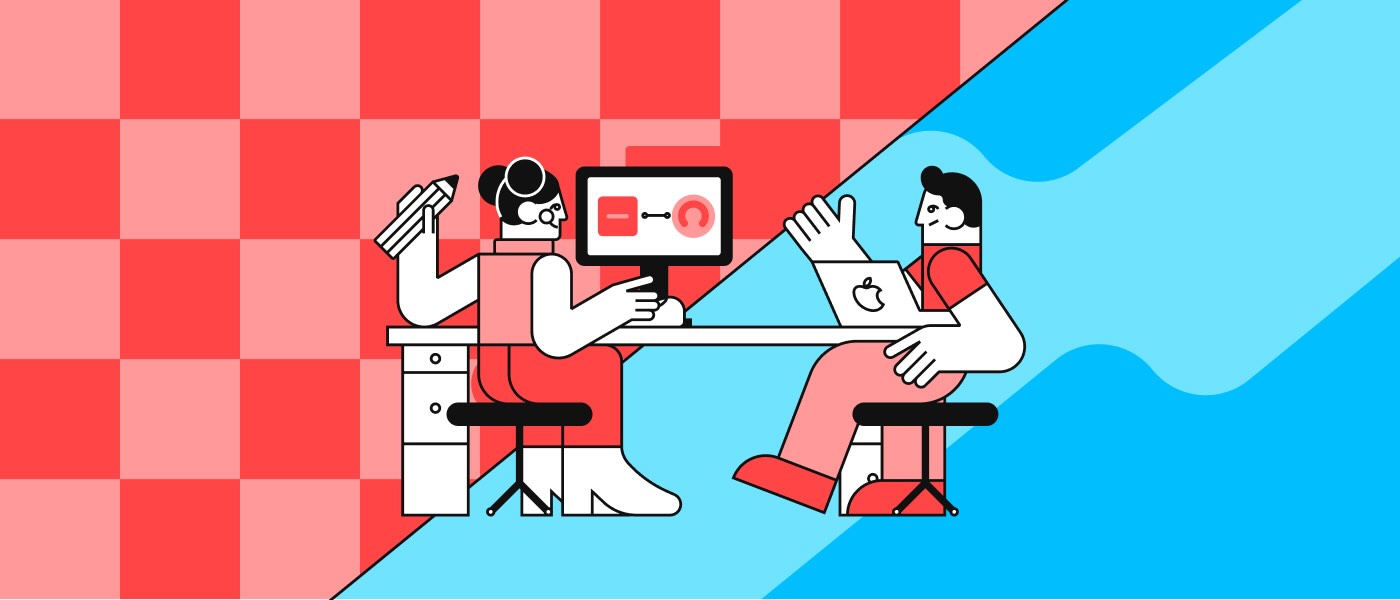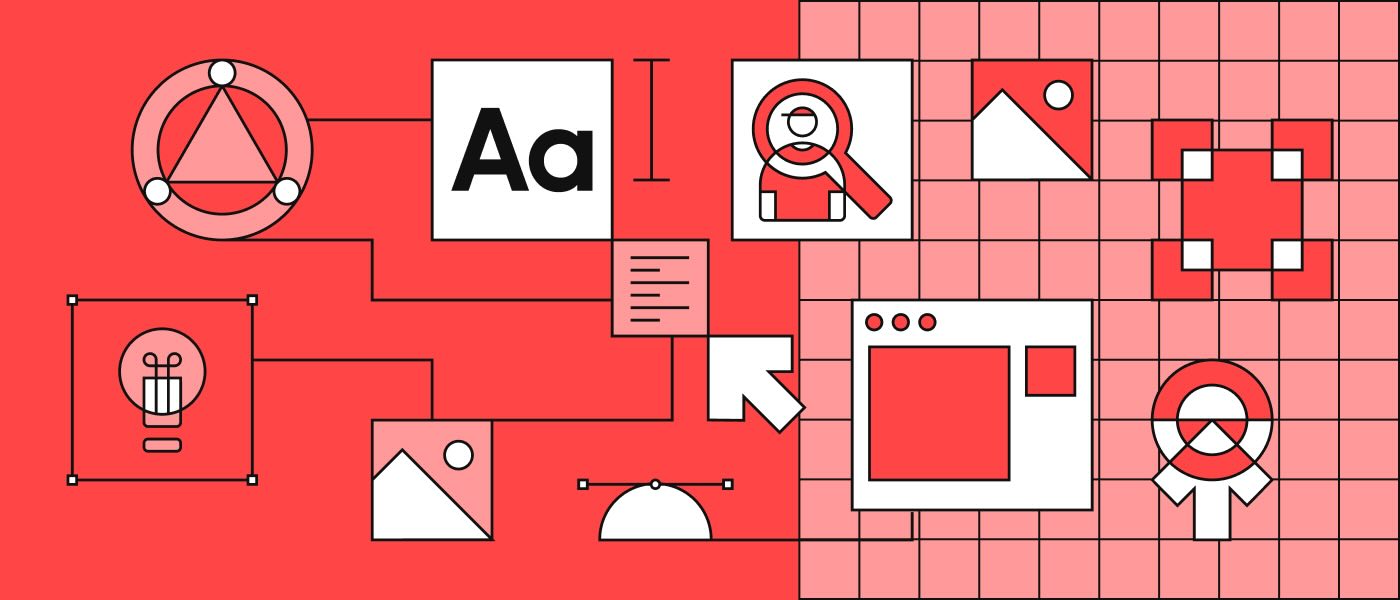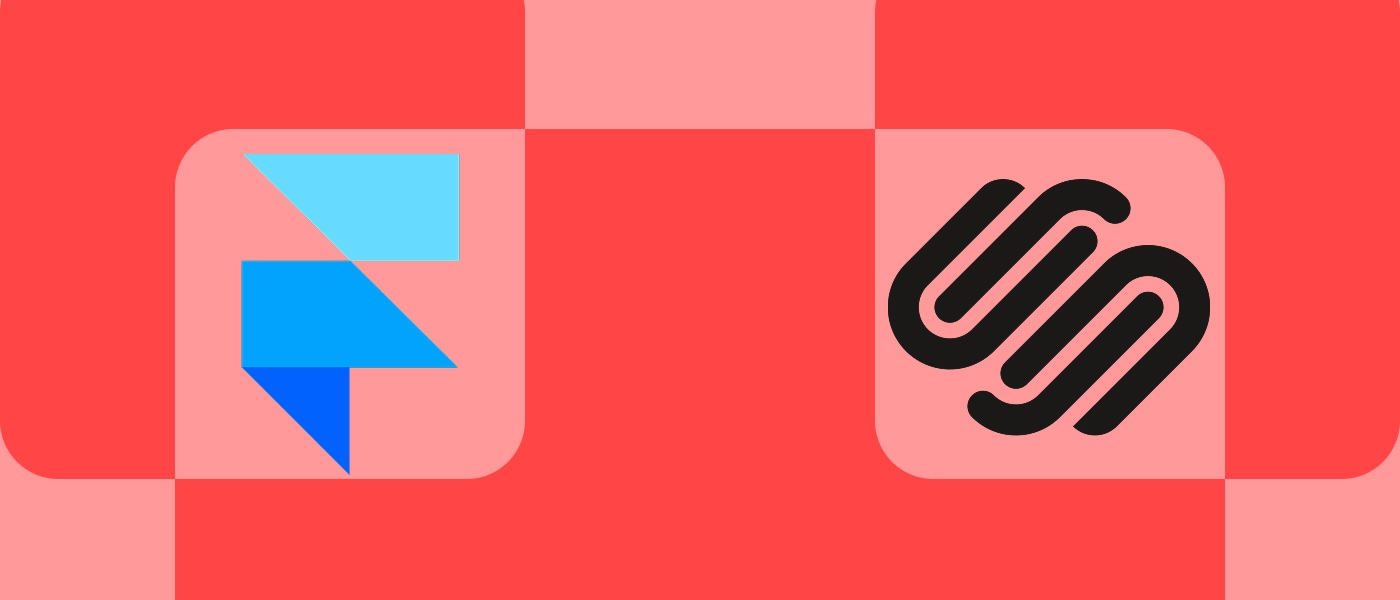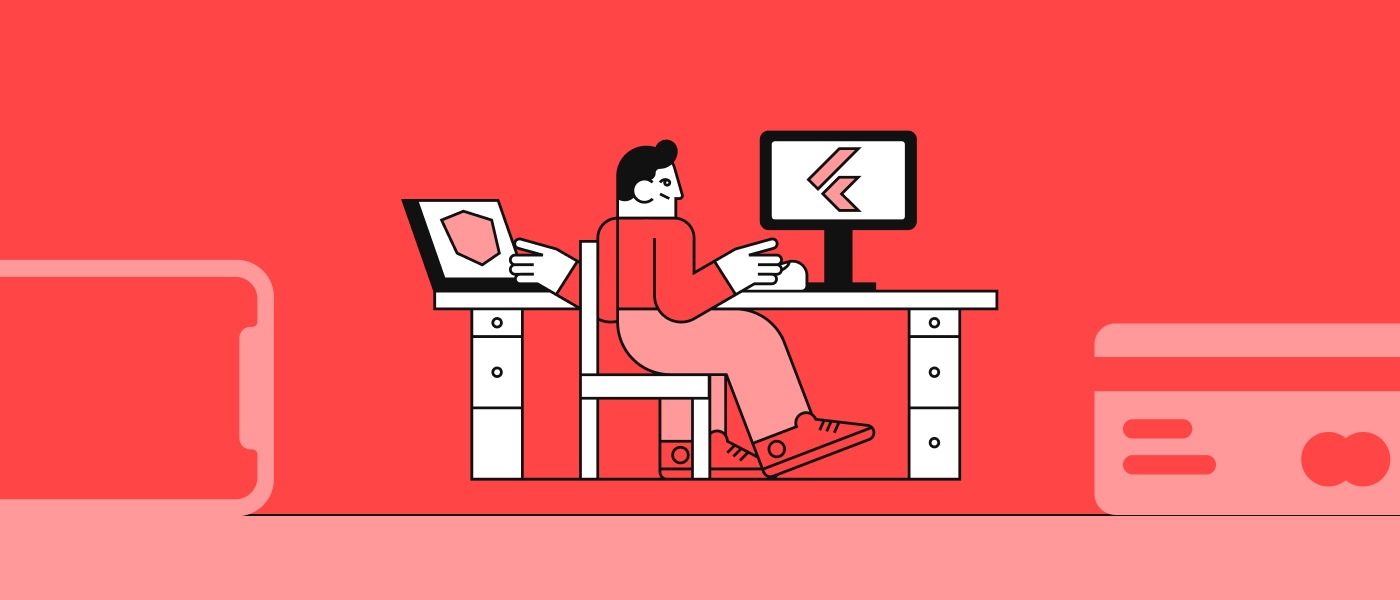UX research services for better digital products

UX research services reduce risk and speed delivery by grounding product decisions in real user evidence. Explore methods, tools, and benefits of working with a UX research agency to build better digital products."
UX research services for better digital products
A little research up front saves a lot of rework later, because it aligns your roadmap with real user needs and de-risks design and engineering decisions.
What is UX research and why does it matter?
UX research is the systematic study of your users—their goals, behaviors, contexts, and constraints—so you can make design and product choices that actually work in the wild. Instead of guessing what people want, you collect evidence: you watch how they navigate a flow, ask why they made a choice, and measure where friction spikes. That evidence becomes the backbone of your product strategy.
When you add this kind of rigor, you shorten build cycles and reduce expensive rework. Teams stop debating opinions and, instead, rally around the same findings; designers focus on solving validated problems, product managers prioritize with confidence, and engineers implement patterns that are proven to be usable. In short, UX research turns uncertainty into clear, actionable direction.
UX research methods used by leading agencies
- User interviews: One-on-one conversations that surface goals, motivations, and mental models behind behavior.
- Contextual inquiry & field studies: Observation in the user’s real environment to reveal constraints you can’t see in a lab.
- Diary studies: Longitudinal self-reporting that captures habits, edge cases, and seasonality.
- Usability testing (moderated & unmoderated): Task-based evaluation to find friction, comprehension gaps, and broken assumptions.
- Card sorting & tree testing: Information architecture tools for naming, grouping, and navigation depth.
- Surveys & conjoint/MaxDiff: Quant methods to size opportunities, segment users, and test value perceptions at scale.
- Analytics & funnel forensics: Behavioral data to quantify where users succeed or drop off.
- A/B and multivariate tests: Controlled experiments that validate which design actually performs better.
Used together, these methods enable you to triangulate the truth: qualitative research explains the why, quantitative research measures the how much, and experiments prove what works. An agency’s craft lies in choosing just the right methods to de-risk decisions without slowing you down.
How UX agencies structure their research services
Most agencies organize work across a few complementary tracks. Discovery maps the problem space: audience segments, jobs-to-be-done, unmet needs, and market context. You’ll see outputs like opportunity maps, personas grounded in data, and priority problem statements. This phase prevents you from solving the wrong problem brilliantly.
Next comes exploratory and generative research, where teams co-create and probe early directions. Concept testing, desirability studies, and co-design workshops that surface what could work before anything is expensive to change. Finally, evaluative and validation research pressure-tests flows and UI details: moderated tests, accessibility checks, and experiments to confirm the design is usable, inclusive, and commercially sound.
High-maturity partners also offer continuous research (a rolling cadence of interviews and tests) and decision support (help with KPIs, success metrics, and instrumentation), so insights keep pace with your release train and don’t die in a slide deck.
Working with a UX research consultancy
A typical engagement starts with a brief and scoping workshop where you align on goals, success criteria, audiences, and constraints. From there, the agency creates a research plan, plus the practicalities: recruitment, incentives, legal and privacy considerations, and accessibility accommodations. You’ll usually approve test scripts and prototypes so everyone knows what “good” looks like.
Fieldwork follows: interviews, tests, and analyses run in fast loops so the team can refine as they learn. Synthesis culminates in a readout with insights, evidence, and prioritized recommendations, often paired with artifacts you can ship against: UX principles, journey maps, annotated flows, and a lightweight backlog. The best partners don’t just hand off; they stay for follow-through with design iteration, re-tests, and measurement plans to ensure recommendations turn into real-world impact.
Benefits of hiring a dedicated UX research team
Specialist researchers bring methodological rigor and an outside-in lens that’s hard to maintain when you’re deep inside your own product. Because they recruit the right users and run clean studies, you get a signal without the noise. Agencies also arrive with proven playbooks, tooling, and participant panels, which accelerate timelines without sacrificing quality.
Just as important, a neutral partner can align stakeholders who may disagree. When a researcher puts unbiased evidence on the table, it becomes easier to pick a path, cut scope, or invest where it will actually move metrics. Over time, that clarity compounds into faster delivery, fewer rollbacks, and higher customer satisfaction.
UX research vs UX design – what’s the difference?
Research and design are complementary but distinct disciplines. UX researchers specialize in framing questions, selecting methods, running studies, and synthesizing evidence into insights. UX designers specialize in turning those insights into flows, information architecture, and interaction patterns, then refining them through iteration.
In healthy teams, the handoff is porous: designers observe sessions and test early mocks; researchers review flows and suggest better ways to answer the riskiest questions. While designers can run lightweight tests and researchers can sketch a wireframe, treating them as interchangeable roles tends to dilute quality. Keep the crafts distinct, and let the overlap be collaboration.
When to invest in UX research?
Invest when the risk of guessing is high. That includes early-stage product discovery (to find problem-solution fit), pre-MVP scoping (to avoid over-building), before major redesigns (to avoid breaking what works), and ahead of market expansions (new segments, languages, or regulations). You should also lean in when metrics move. A drop in activation, rising churn, or an underperforming feature is a signal to investigate causes, not just treat symptoms.
Many teams adopt a simple heuristic: budget a small, steady slice of every roadmap item for research and validation, then scale up for bet-the-quarter decisions. This “little and often” approach keeps insight flowing and prevents the last-minute scramble that forces you to ship on hunches.
UX research tools and platforms to know
- Maze, UsabilityHub: Rapid concept and flow tests early in the design cycle.
- Lookback, UserTesting, UserZoom: Remote moderated/unmoderated sessions with video and notes.
- Optimal Workshop: Card sorting, tree testing, and first-click studies for navigation.
- Hotjar, FullStory: Session replays and heatmaps to visualize behavior at scale.
- Dovetail, Condens: Research repositories for tagging, synthesis, and insight libraries.
- Amplitude, Mixpanel: Product analytics to quantify engagement and outcomes.
Choose tools by the job to be done: discovery and concept tests early, usability and IA tools mid-cycle, analytics and experimentation post-launch. A repository knits it all together so insights are searchable and reusable rather than trapped in slides.
FF Next - How a UX research agency can help you?
We will help you turn fuzzy product goals into shipped, measurable outcomes. We dig into your users and market with lean research, map the real opportunities, then prototype, test, and iterate until the path is clear. Only then do we scale the solution with robust design systems and production-ready builds.
You get a partner that aligns stakeholders around evidence (not opinions), accelerates delivery with pragmatic sprints, hardens flows for accessibility and performance, and sets up analytics and experimentation so every release learns and earns. In short, we de-risk the big bets, sharpen the roadmap, and help you launch products your users adopt faster and keep using longer.
Frequently asked questions
What are UX research services?
They’re a bundle of activities that help you understand users and de-risk decisions: planning studies, recruiting participants, running interviews and tests, analyzing data, and converting findings into clear recommendations. Good services also include enablements, so your team keeps learning after the project ends.
What is the difference between UX research and usability testing?
Usability testing is one method within UX research, focused on whether people can complete tasks in a given design. UX research is broader: it explores needs and contexts (generative), shapes concepts (exploratory), and then validates detailed interactions (evaluative). You’ll use usability tests often, but they’re only one tool in the kit.
How do UX research agencies conduct user interviews?
Agencies define crisp learning goals, craft neutral, non-leading questions, and recruit participants who truly match your target segments. Sessions are recorded (with consent), observers take structured notes, and interviews are analyzed thematically.
Why should I hire a UX research consultancy instead of doing it in-house?
A consultancy brings independence, speed, and specialized methods. For critical decisions or when bandwidth is thin, that combination shortens time to clarity. Many teams blend both: in-house for ongoing testing, external partners for complex or high-stakes work.
How long does a typical UX research project take?
It depends on the scope and methods. A lean usability sprint can run in a week; a multi-method discovery that includes fieldwork, surveys, and synthesis may span four to six weeks. The right partner will right-size the approach so the cadence matches your release plan while preserving rigor.















